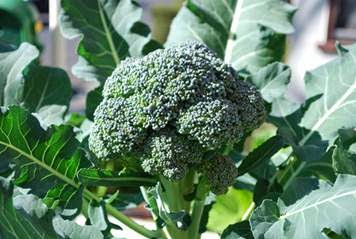 Did you know that turmeric is one of the healthiest ways you can add flavor and color to your food. With its powerful antioxidants and anti inflammatory effects, it has been shown to protect your brain and joints, help stop indigestion or heartburn and be anti cancerous. It is being grown right here in our own Hippocrates Health Institute Organic Garden and you can find it on the condiment table at our Hippocrates Health Institute buffet. Check it out!
Did you know that turmeric is one of the healthiest ways you can add flavor and color to your food. With its powerful antioxidants and anti inflammatory effects, it has been shown to protect your brain and joints, help stop indigestion or heartburn and be anti cancerous. It is being grown right here in our own Hippocrates Health Institute Organic Garden and you can find it on the condiment table at our Hippocrates Health Institute buffet. Check it out!
More about Turmeric:
• Curcumin is the component that gives it a bright hue and yields much of the health benefits.
• It is considered to be "skin food" in India and other cultures.
• You can juice it, put it on your salad or get it in supplement form (otherwise known as Phyto Enhanced) from our Hippocrates Health Institute store.
• Dr. Brian's book "Food is Medicine "Edible Plant Foods from A-Z" Vol. 2 gives great evidence for its healing properties.
Healthy is so fun !!...













.jpg)
.jpg)










.jpg)
.jpg)














